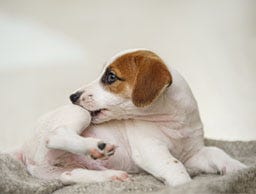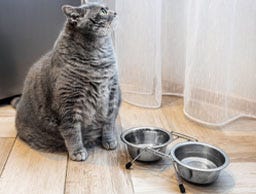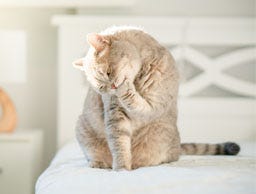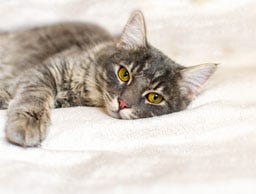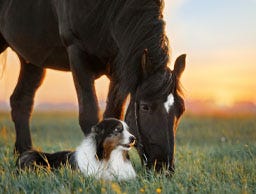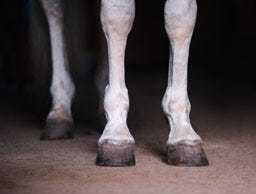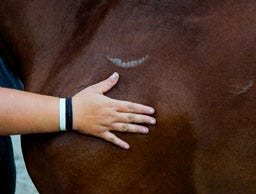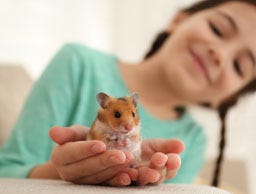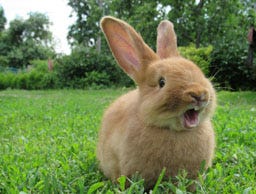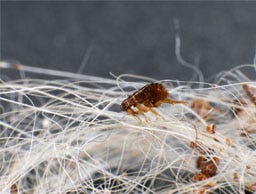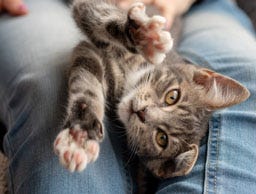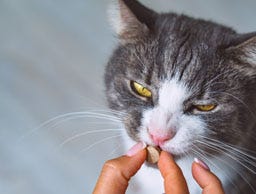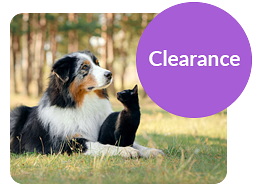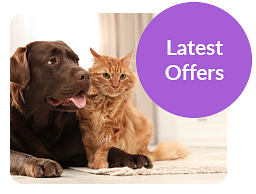Is Your Cat Overweight?
There’s more to be a cat owner than just providing food and shelter. It’s your responsibility to ensure that your cat is the right nutrition, but also that they’re maintaining the right body condition so they remain in good health.
It can be hard to know whether or not your cat is overweight, underweight, or just right, which is why we’re put together this guide to help.
Contents:
Average Cat Weight
There’s no one-size-fits-all average for a healthy cat's weight because cats come in all shapes and sizes. Several factors contribute to your cat’s healthiest weight, including their breed and size. For example, what is considered a "healthy" weight for a Maine Coone will greatly differ from smaller breeds, like
While some people claim as a general rule that cats should weigh on average 4kg, the more indicative way to know if your cat is a healthy weight is by looking at their body and comparing it to our cat bodyweight chart.
Cat Weight Chart
Using this numbered chart, you can visually compare your cat’s body to the images to ensure they are the right weight. If your cat is longhaired, it can be difficult to judge their weight visually, so make sure to feel their body with your hands as well and ensure things are feeling as they should.
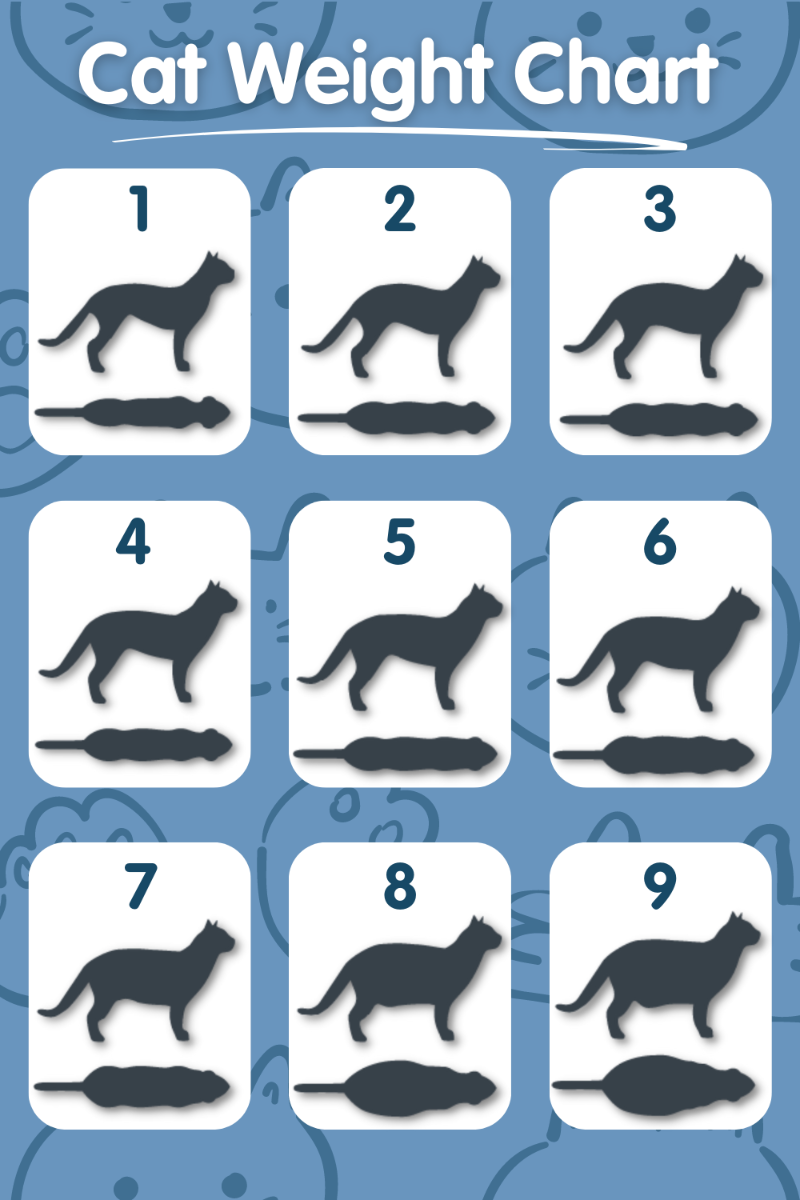
Is Your Cat Underweight?
Your cat being underweight can be detrimental to their health, especially if they’re not eating at all. Without the proper nutrition to fuel their bodies, underweight cats have very little energy and lack the necessary things their bodies need to fight off infections or cope with injuries like a healthy cat can.
Being underweight or a change in your cat’s appetite may also be a sign of something else being wrong, such as the following:
- Diabetes
- Cancer
- Dental pain
- And more
If you notice your cat is losing weight quickly while still eating or have been off their food for more than three days, contact your vet as soon as possible for a consultation.
1
The cat’s spine is clearly visible if your cat is short-haired and has prominent hips and shoulders. Cats matching this image will also have a severe abdominal tuck and no body fat.
2
To match this image, your cat will have visible ribs and lumbar vertebrae (on short-haired cats) and no body fat. These cats will also have a severe abdominal tuck and hip bones that are noticeable to the touch.
3
Here, you can feel your cat’s ribs very easily with minimal fat covering, and their lower back vertebrae will be visible. Your cat’s waist will also be very obvious.
If you are concerned about your cat not eating, then you can try and entice their appetite with some of the tips in our guide below.
Is Your Cat an Ideal Weight?
This is the ideal weight range for your cat to be in. They’ll still have their full range of movement to maintain their regular self-grooming, as well as be able to use their muscles to run, jump and climb to their heart's content!
4
This is the start of the optimal body condition for your cat.
Here, your cat will have minimal fat on their ribs, and you’ll be able to feel their lower back vertebrae. Your cat’s waist will also be discernable when you view them from above.
5
Number 5 is also an ideal body condition for your cat. Here, your cat will look well proportioned with a clear waist and ribs obvious to the touch beneath a cladding of fat.
6
Here, your cat will look well-proportioned but likely a little heavy-set, with a not well-defined waist, and you can only feel their ribs when you’re actively looking for them. While your cat is not overweight yet, there is a chance of them becoming overweight without a change in diet or lifestyle.
Is Your Cat Overweight?
Obesity in cats is as dangerous for their health as being underweight. When a cat is overweight or obese, they are more likely to contract diseases and are expected to have a shorter lifespan.
Some of the conditions that obese cats are at risk of include:
- Diabetes
- Poor immune system
- Liver failure
- Arthritis
- Poor Grooming
If your cat matches any of the descriptions below, then it’s important to speak to your vet as soon as possible for advice on how to help them lose weight.
H4 - 7
Cats matching this image will not have easy-to-find ribs due to a “padding” of fat. Their waist is poorly defined, if it’s noticeable at all, and their abdomen (tummy) is rounded.
H4 - 8
If your cat is close to this image, then they are likely obese. In this case, your cat’s ribs can only be felt when applying direct pressure, and their waist isn’t noticeable to the eye. They’ll also have an obvious layer of fat.
H4 - 9
This image is a worst-case scenario. Here your cat is definitely obese and at risk of many health conditions that affect their heart and mobility. For your cat to reach this point, their ribs cannot be felt by hand, and their face and hips have a layer of fat over them. In this instance, your cat will also have stomach distention (a big belly)
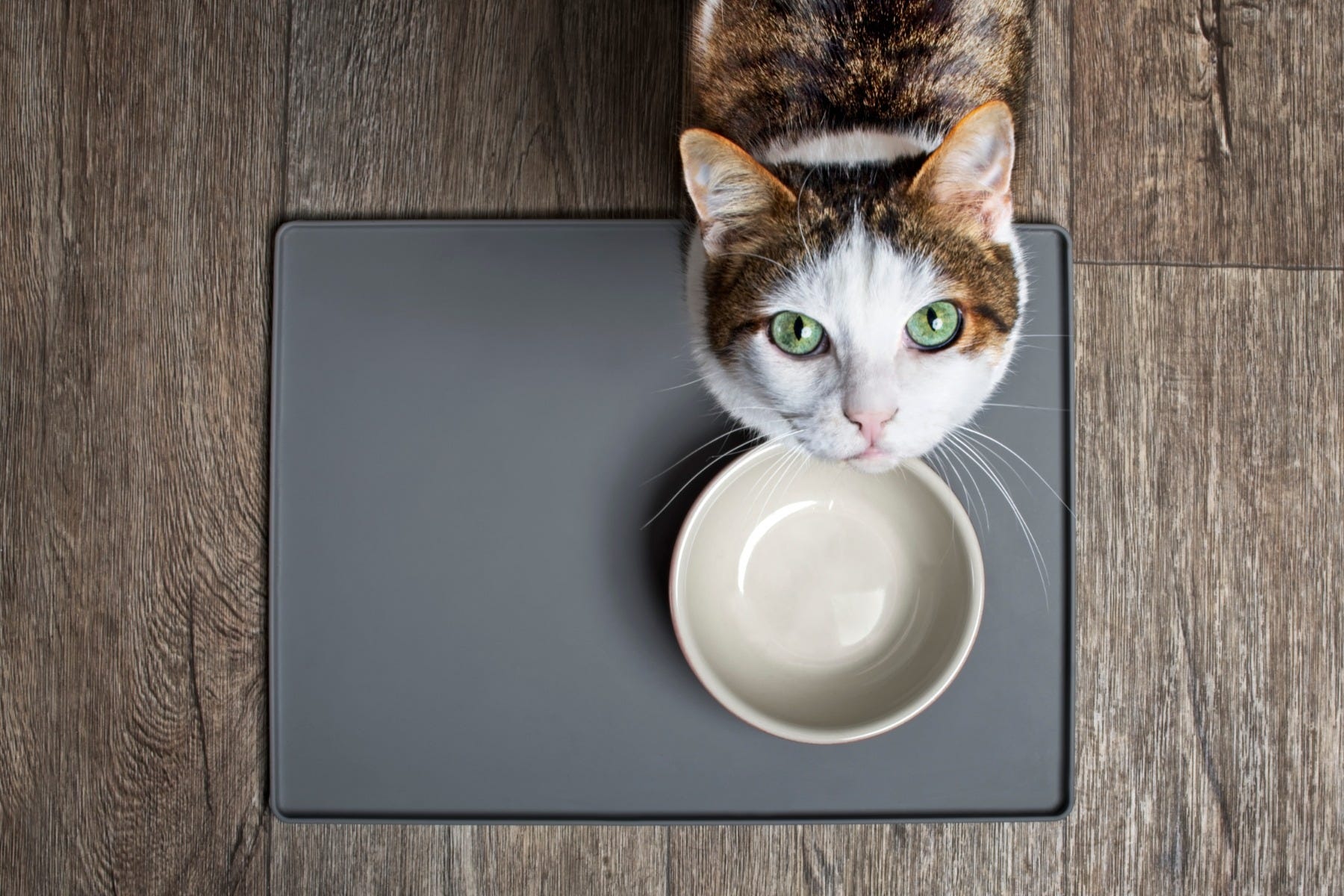
How to Help a Cat Lose Weight
You must speak with your vet before making any changes to your cat’s food or lifestyle. They are the best person to advise you on any changes that need to be made and over how long. Weight loss isn’t something that happens overnight, and by restricting your cat’s diet too much or pushing them to exercise too often, you can do more harm than good.
Your vet will likely suggest one or more of the following:
- To gradually reduce your cat’s daily food allowance
- To cut down on your cat’s treat or even cut them out of their diet entirely
- To switch to a condition-specific cat food formulated to keep your cat feeling full and satisfied with a lower calorie count, such as the Royal Canin® Satiety Cat Food
- Encourage more regular exercise, either by playing with your cat more or by using interactive cat toys like the All For Paws Interactives Culbuto Feather Cat Toy.
With patience and a lot of love and encouragement, your cat will be back to a healthy weight in no time!
Monitoring and maintaining your cat’s health is your key responsibility as a pet owner, as well as giving them all the love they deserve. If you're trying to improve your cat’s health and think they could use a little extra support, check out our range of cat food supplements today and condition specific cat foods, and start loving them well for less.
This post is an opinion and should only be used as a guide. You should discuss any change to your pet’s care or lifestyle thoroughly with your vet before starting any program or treatment.











